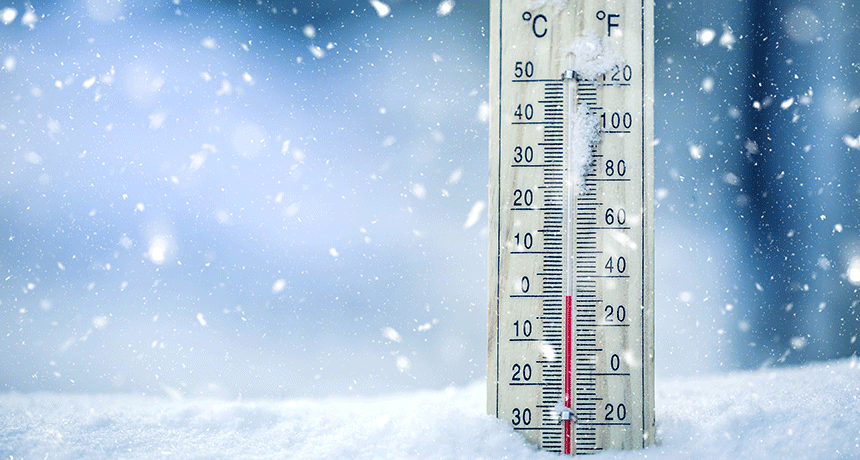absolute zero The coldest possible temperature, also known as 0 kelvin. It is equal to −273.15° Celsius (−459.67° Fahrenheit).
astronomy The area of science that deals with celestial objects, space and the physical universe. People who work in this field are called astronomers.
atom The basic unit of a chemical element. Atoms are made up of a dense nucleus that contains positively charged protons and uncharged neutrons. The nucleus is orbited by a cloud of negatively charged electrons.
chemistry The field of science that deals with the composition, structure and properties of substances and how they interact. Scientists use this knowledge to study unfamiliar substances, to reproduce large quantities of useful substances or to design and create new and useful substances. (about compounds) Chemistry also is used as a term to refer to the recipe of a compound, the way it’s produced or some of its properties. People who work in this field are known as chemists.
kelvin A temperature scale that has units the size of those on the Celsius scale. The difference, 0 kelvin is absolute zero. By contrast, 0 kelvin is equal to -273.15° Celsius. So 0° Celsius is equal to 273.15 kelvins. NOTE: Unlike with the Celsius and Fahrenheit scales, there is no use of the term “degrees” for numbers on the kelvin scale.
molecule An electrically neutral group of atoms that represents the smallest possible amount of a chemical compound. Molecules can be made of single types of atoms or of different types. For example, the oxygen in the air is made of two oxygen atoms (O2), but water is made of two hydrogen atoms and one oxygen atom (H2O).
physical science Fields of science (such as chemistry, physics and materials science) that deal with laws of nature and the physical attributes of systems, such as color, temperatures, winds, electricity, magnetism, speeds, energy, mass, chemical reactions, changes of state (such as solids turning into liquids or gases), and forces (such as gravity).
physics The scientific study of the nature and properties of matter and energy. Classical physics is an explanation of the nature and properties of matter and energy that relies on descriptions such as Newton’s laws of motion. Quantum physics, a field of study that emerged later, is a more accurate way of explaining the motions and behavior of matter. A scientist who works in such areas is known as a physicist.

